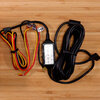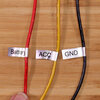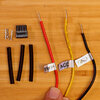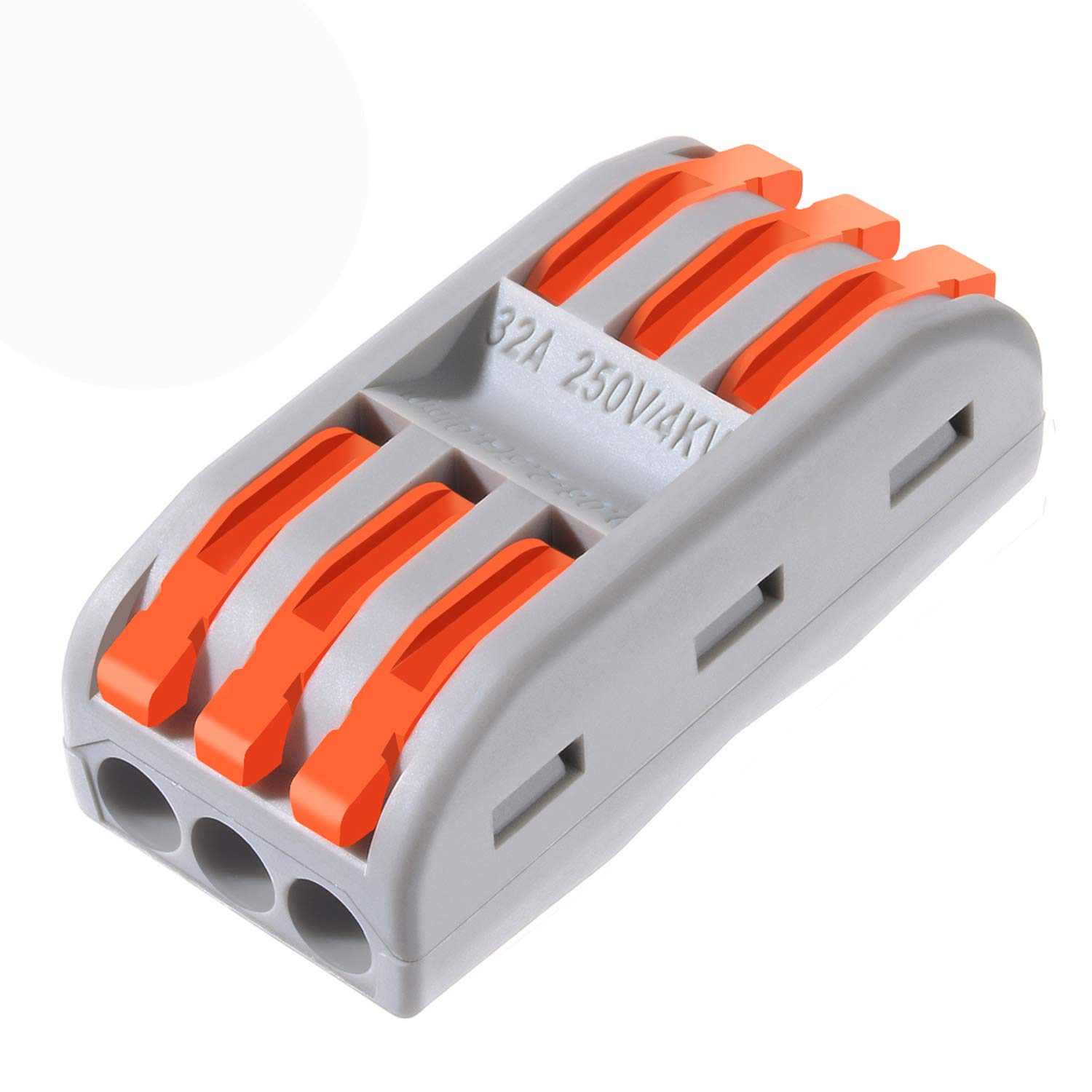rcg530
Well-Known Member
- Joined
- Jan 23, 2021
- Messages
- 1,552
- Reaction score
- 2,594
- Location
- California
- Country
- United States
- Dash Cam
- BlackVue, Thinkware, VIOFO, Vantrue, Blueskysea, FineVu
If you want to power your dash camera using a dash camera battery pack as its power source, you may need to purchase a dash camera battery pack output power cable or make one yourself.
I show you how you can connect your dash camera's hardwiring cable to most of the popular dash camera battery packs manufactured by EGEN.
I show you how you can connect your dash camera's hardwiring cable to most of the popular dash camera battery packs manufactured by EGEN.







